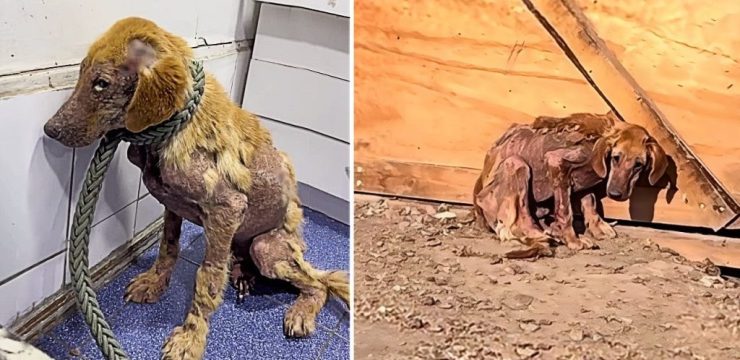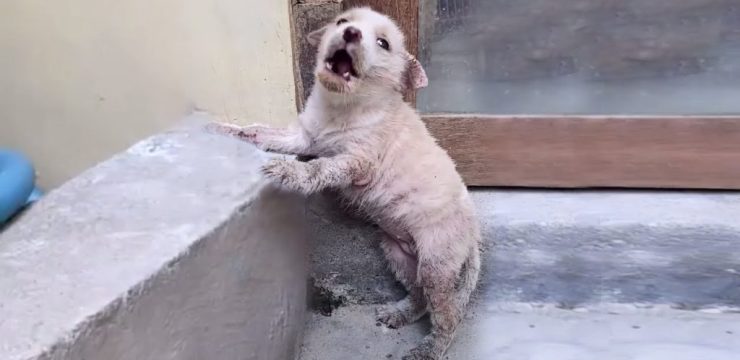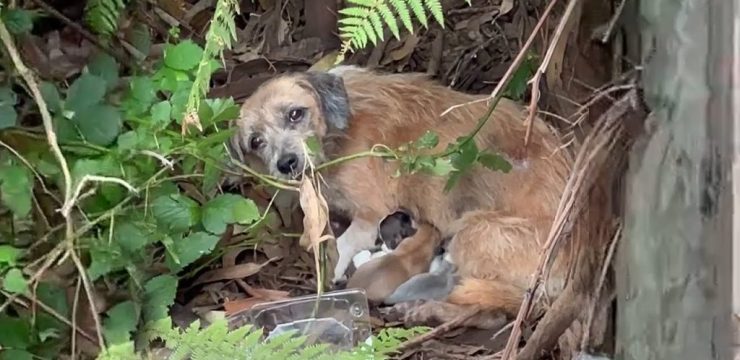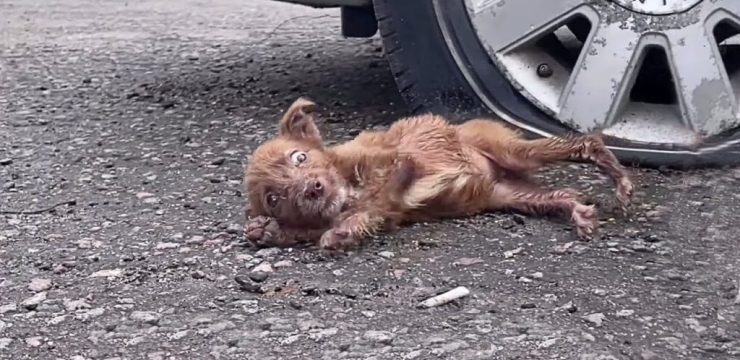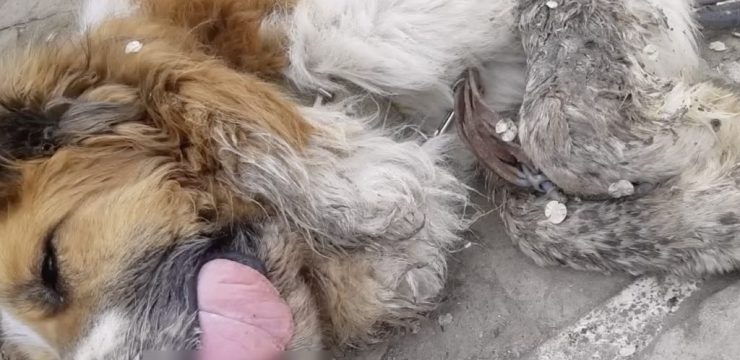What was meant to be a calm weekend in nature turned into a story that would challenge science and stir the human heart. For the Thompson family, their yearly trip to Pine Ridge Forest was always a way to escape city life—to hike under tall pines, roast marshmallows by the campfire, and breathe in the stillness that only nature could offer. But this time, the trip became something else entirely: a journey of love, mystery, and an encounter that no one could ever explain.
Nine-year-old Ethan Thompson had always experienced the world differently. Living with autism, he found comfort in quiet spaces and patterns that others often overlooked. Loud sounds and bright lights could overwhelm him, but the whispers of nature—the rustle of branches, the songs of birds, and especially the distant howls of wolves—soothed him. Most children might have been frightened by such sounds, but not Ethan. “He said the wolves talked without words,” his mother, Laura, later recalled. “He told me their howls made him feel safe. I used to think it was just something from his imagination.”
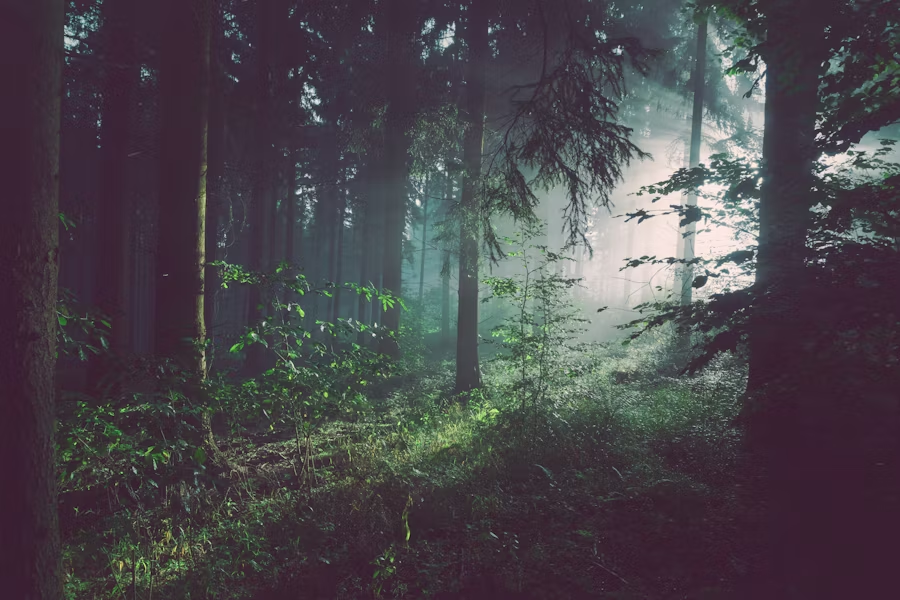
On the second day of their trip, sunlight filtered softly through the treetops as the Thompsons set out on an afternoon hike. The air smelled of pine needles and fresh earth. Ethan, as always, walked a few steps ahead, brushing his fingers along the bark of each tree as if greeting an old friend. Then, in an instant, he disappeared.
“Ethan?” Laura called, her voice cracking with alarm. There was no answer. Her husband, Mark, sprinted up and down the trail, shouting their son’s name again and again, his voice echoing through the dense forest. What had been a place of peace only moments before now felt vast and unkind, swallowing every sound. Panic surged. As the minutes stretched into hours, volunteers and park rangers joined the desperate search, their flashlights sweeping through the trees as night fell. Rain clouds rolled in. Every rustle of leaves made Laura’s heart race. “I kept thinking about the wolves,” she said later. “He loved them—but what if they found him first?”
The search lasted through the night. Dozens of voices called out his name, but the forest gave nothing back. By dawn, exhaustion hung heavy over everyone. Then, as the first light touched the ridge, a shout pierced the silence. A ranger had spotted movement in the distance. Emerging from the trees was a small, mud-covered figure—barefoot, trembling, and alive. It was Ethan.
Laura ran and fell to her knees, clutching him so tightly she could barely breathe. But Ethan didn’t cry or cling. He was calm, strangely peaceful, as if he had just awoken from a dream. His hair was tangled, his clothes damp, yet he had no scratches or bruises. When a ranger gently asked, “How did you find your way back, buddy?” Ethan’s answer left everyone stunned. “The wolves showed me,” he whispered.
At first, no one believed it. They assumed he was confused or inventing a story to make sense of what had happened. But Ethan was firm. “There were two,” he said softly. “A big one and a little one. The big one walked in front so I wouldn’t get lost. The little one walked behind me so I wouldn’t fall.” His parents exchanged uneasy glances. Wolves weren’t known to guide people—especially a child. Still, there was something in Ethan’s quiet certainty that made them hesitate to dismiss it.
Two days later, a local hunter came forward with startling news. His motion-activated camera, set up near the ridge where Ethan had been found, had recorded something unbelievable. In the grainy footage, a small boy was walking along a narrow path between two wolves—one leading, one following. The larger wolf occasionally turned its head, as if checking on the boy. The smaller one stayed close by his side. There was no aggression or fear in their movements. They seemed… protective. The footage was short but clear, and the timestamp matched the night Ethan had vanished.
When authorities viewed the video, disbelief gave way to silence. The search team, locals, and wildlife officers watched in awe. Even the most experienced rangers couldn’t explain it. The story spread quickly—first through the small mountain town, then across the country. Scientists, journalists, and animal experts debated what had happened, trying to make sense of a moment that seemed to defy logic.
Dr. Peter Lang, a wildlife biologist who had studied wolves for over twenty years, offered one of the few explanations that didn’t outright dismiss the event. “Wolves are emotionally complex animals,” he said. “They recognize vulnerability and sometimes respond with empathy instead of hostility. In rare cases, they’ve been known to protect other species—especially when they sense innocence or distress.”
Dr. Lang believed Ethan’s calm nature may have influenced the wolves’ behavior. “Wolves read energy,” he explained. “If Ethan wasn’t afraid—if his presence felt peaceful—they may have recognized that and reacted with protection rather than predation.”
While experts debated the science, Laura never doubted her son. “Ethan has always had a connection with animals I can’t explain,” she said. “He used to tell me when our dog was sad or when birds outside seemed scared. He just feels things others don’t.” When she finally watched the footage, she wept. “I didn’t see predators,” she said softly. “I saw guardians. They brought him back because they knew he needed help.”
Ethan rarely spoke about that night afterward. When he did, his words were simple. “They didn’t scare me,” he said once. “They just looked at me to make sure I was okay.” Those quiet words carried a weight that his parents could never forget.
Months later, life in their Kansas town slowly returned to normal, but the story lingered. Hunters began removing their traps from the ridge. Campers said they could hear wolves howling at night but no longer felt afraid. Some even claimed that on still evenings, faint howls echoed near the Thompsons’ home—as if the wolves were still watching over the boy they had once guided. Whenever Ethan heard them, he would smile. “They’re saying goodnight,” he’d whisper.
The Thompsons decided to turn their experience into something meaningful. They founded the Ethan Thompson Wildlife Foundation, dedicated to teaching children about empathy, conservation, and respect for nature. “Maybe this was nature’s way of reminding us,” Mark said, “that what we fear isn’t always what’s dangerous. Sometimes, the wildest things can be the most compassionate.”
Today, Ethan is eleven. He still loves to explore the woods, though he never wanders too far. Around his neck hangs a silver wolf pendant—a gift from his parents to remind him of that miraculous night. When people ask what he remembers, he smiles and says, “I remember the dark… and how the big one kept turning around to make sure I was following.”
For the Thompsons, that weekend in Pine Ridge Forest will forever be a blend of mystery and miracle—a reminder that the world still holds moments that can’t be measured or explained. Somewhere under the moonlit canopy, two wolves once looked into the eyes of a lost boy and saw something worth saving. And against every law of nature, they led him home.

